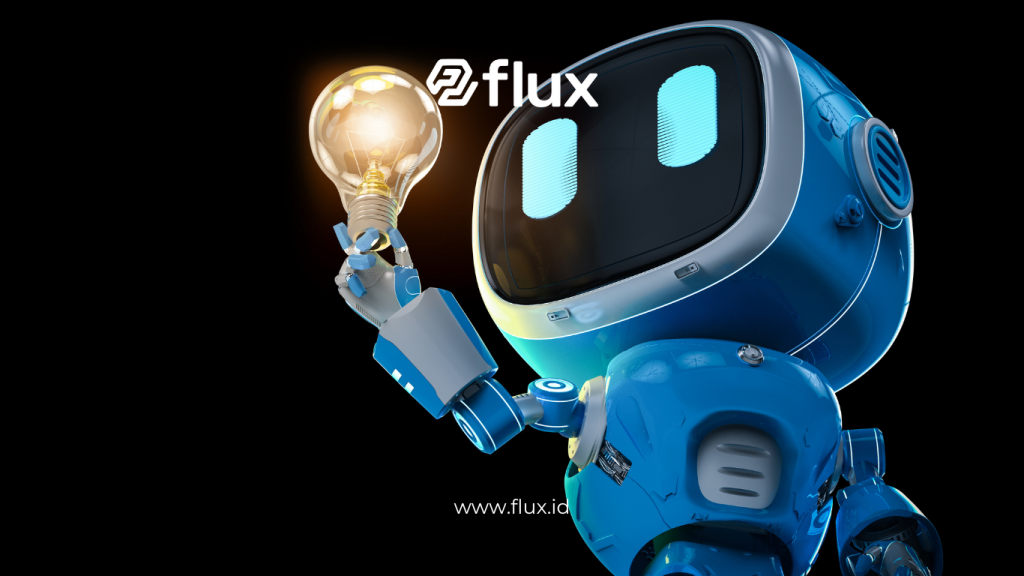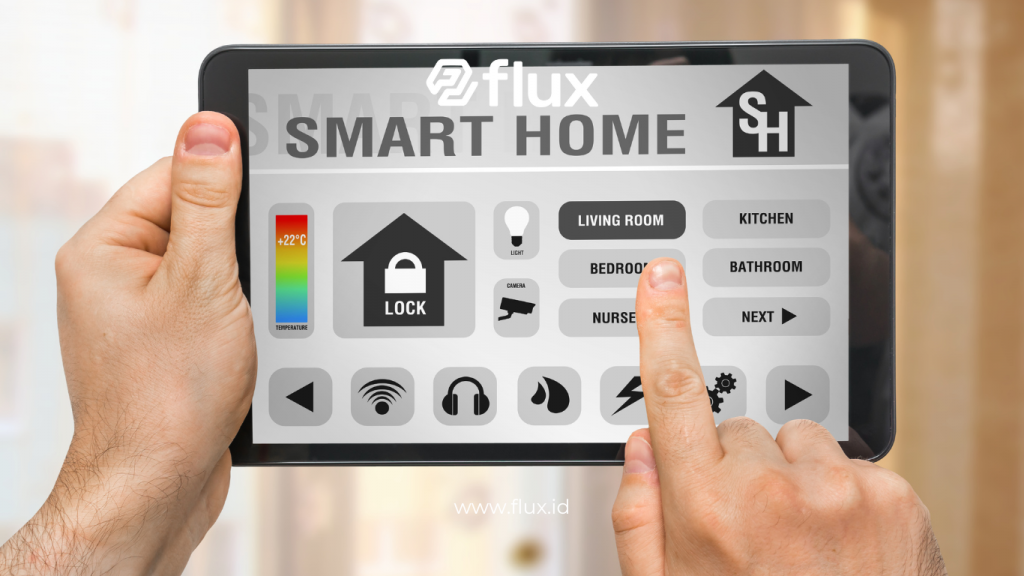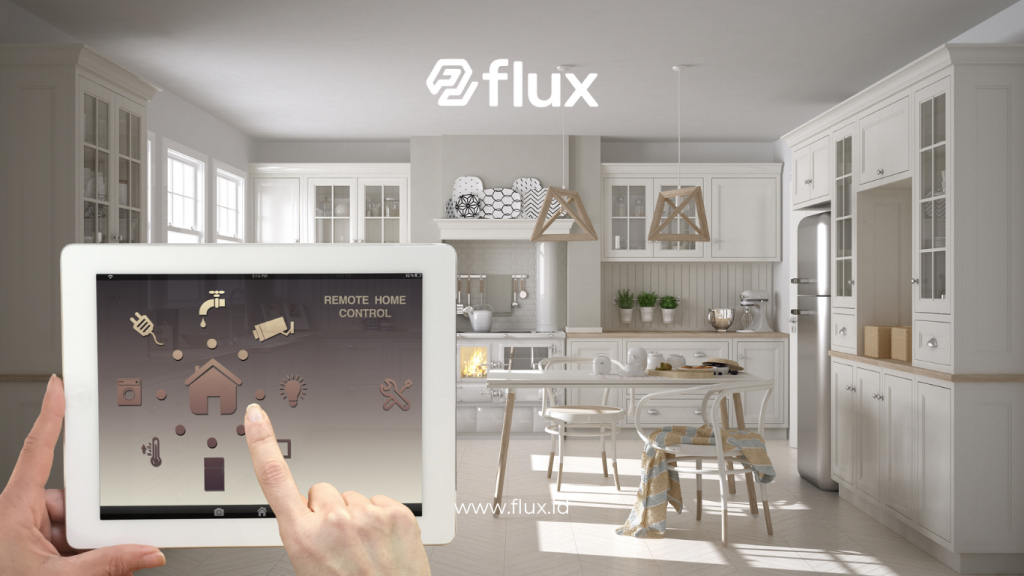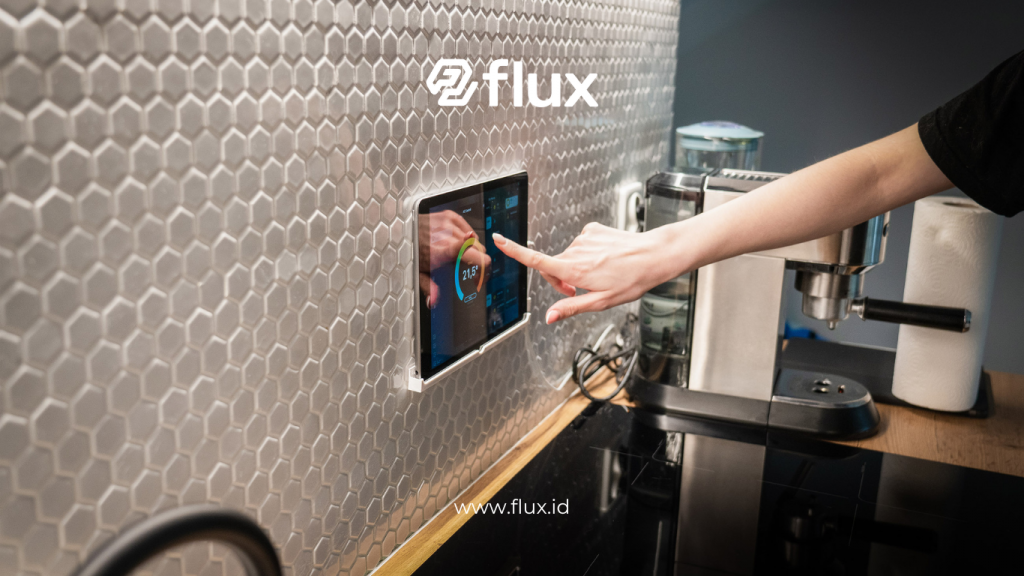Don't miss our holiday offer - 20% OFF!
Technological advancements have opened up great opportunities to improve daily life, especially in the world of smart homes. By combining artificial intelligence (AI) and the Internet of Things (IoT), homes are not only becoming more efficient but also safer, more comfortable, and energy-saving. This article will explore how AI and IoT work together to transform an ordinary house into a smart home, highlight the main features offered, and discuss the benefits of this technology.
Contents
- 1 1. Understanding the Concepts of Artificial Intelligence and IoT
- 2 2. AI and IoT Technology in Smart Homes
- 3 3. Key Benefits of a Smart Home with AI and IoT
- 4 4. Challenges in Implementing AI and IoT in Smart Homes
- 5 5. Advanced Features of Smart Homes Powered by AI and IoT
- 6 6. Tips for Building a Smart Home with Artificial Intelligence and IoT
- 7 Conclusion
1. Understanding the Concepts of Artificial Intelligence and IoT

Read More: Understanding IoT Technology in Smart Homes: From Surveillance to Automation
1.1 What is Artificial Intelligence?
Artificial Intelligence (AI) is a technology that allows machines or devices to learn and make decisions based on data they acquire. In the context of smart homes, AI is used to recognize the homeowner’s patterns, such as wake-up times, preferred temperature settings, and daily activities.
1.2 What is the Internet of Things (IoT)?
IoT refers to a network of interconnected devices that can gather, share, and exchange data. In smart homes, IoT devices include sensors, lights, security cameras, and thermostats, all of which can be remotely controlled and accessed.
2. AI and IoT Technology in Smart Homes

Read More: Smart Home Revolution: Implementing IoT for Comfort and Security
2.1 Automated Lighting and Energy Savings
AI and IoT technology enable lighting that can be automatically controlled. The system adjusts light intensity according to the homeowner’s needs, significantly reducing energy consumption.
2.2 Customized Temperature Control
Smart thermostats with AI can learn users’ temperature preferences and automatically adjust accordingly, creating comfort while saving energy.
2.3 Enhanced Home Security
Security is one of the most crucial aspects of smart homes. AI-based security cameras can recognize the faces of residents and distinguish them from strangers, notifying homeowners of any suspicious activity.
2.4 Personalized Entertainment Systems
With AI, home entertainment systems can be customized according to the user’s tastes and habits, including sound settings, music preferences, and lighting, all controlled via voice commands or apps.
3. Key Benefits of a Smart Home with AI and IoT

Read More: IoT and Smart Homes: Bringing Innovation to Every Corner of Your Home
3.1 Convenience and Ease
Users can control all aspects of their home, from lighting to security, with a single app or voice command, providing unmatched convenience.
3.2 Energy Efficiency and Cost Savings
AI-driven automation optimizes energy usage, reduces waste, and saves electricity costs, making smart homes eco-friendly.
3.3 Improved Security and Privacy
Smart homes provide comprehensive security systems with smart cameras and sensors. AI helps recognize suspicious behavior patterns, while IoT ensures remote access control.
3.4 Accessibility for People with Disabilities
Smart homes are highly beneficial for people with physical limitations, offering automatic doors, temperature control, and voice-activated lighting.
4. Challenges in Implementing AI and IoT in Smart Homes
4.1 Data Security Issues
With vast data collection, data security is a priority. Strong connectivity also has the potential to be a vulnerability for hackers.
4.2 Relatively High Initial Cost
Although offering many benefits, implementing AI and IoT technology in smart homes requires a significant initial investment.
4.3 Internet Connectivity Limitations
Smart homes rely heavily on a stable internet connection. When internet access is interrupted, some devices may not function optimally.
5. Advanced Features of Smart Homes Powered by AI and IoT

Read More: Optimizing Your Home: How IoT is Transforming the Smart Home Concept
5.1 Smart Speakers and Virtual Assistants
Virtual assistants like Google Assistant and Amazon Alexa help control various smart home devices via voice commands.
5.2 Smart Security Systems
Devices such as security cameras equipped with facial recognition technology and automated alarms provide enhanced security.
5.3 Leak and Smoke Detectors
IoT sensors for water leak and smoke detection provide early warnings if a leak or fire occurs, protecting residents from danger.
5.4 Smart Locks
Smart door locks allow residents to lock or unlock the door via an app, providing higher security access.
6. Tips for Building a Smart Home with Artificial Intelligence and IoT
6.1 Choose Compatible Devices
When choosing devices, ensure that they are compatible with each other for easy control through a single app.
6.2 Secure Your Network
Make sure the Wi-Fi network used is protected with a strong password, and update software regularly to avoid security risks.
6.3 Start Small
If you’re new to smart home technology, start with simple devices, such as smart lights or thermostats, before moving to more complex systems.
6.4 Evaluate Household Needs
Each household has different needs. Make sure to match the technology with specific needs to get the best value from the investment.
Conclusion
A smart home equipped with artificial intelligence and IoT offers unparalleled convenience, security, and efficiency. By integrating these technologies, a house becomes more than just a living space; it transforms into a smart, eco-friendly, and responsive environment that meets every need of its residents. Although there are challenges, such as data security and high initial costs, the benefits greatly outweigh them, making investment in a smart home an attractive choice for the future.





